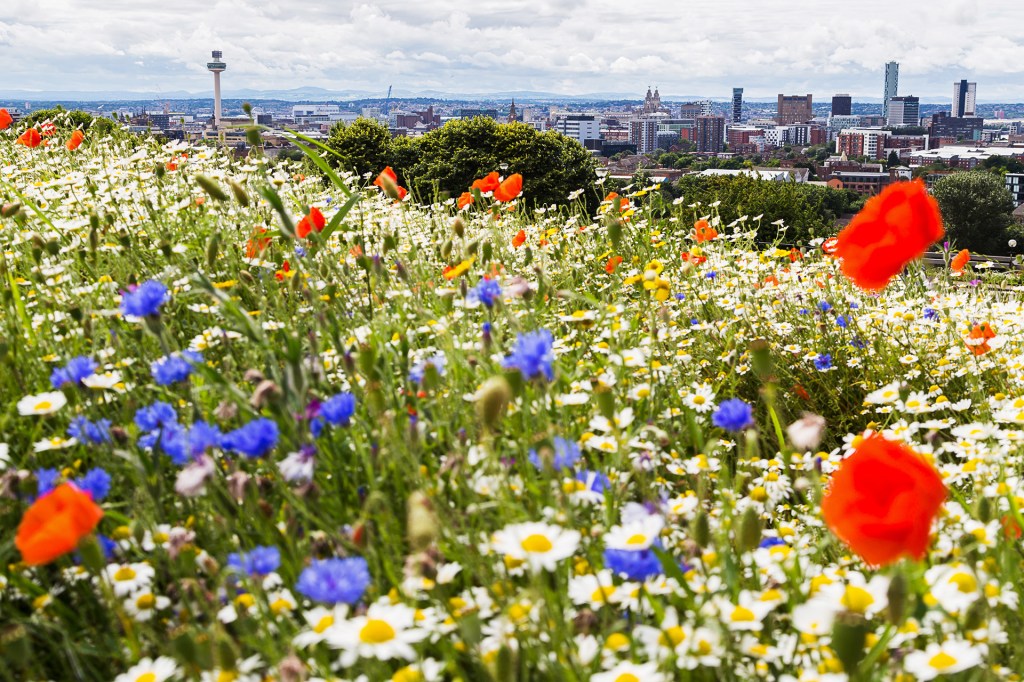Good Growing
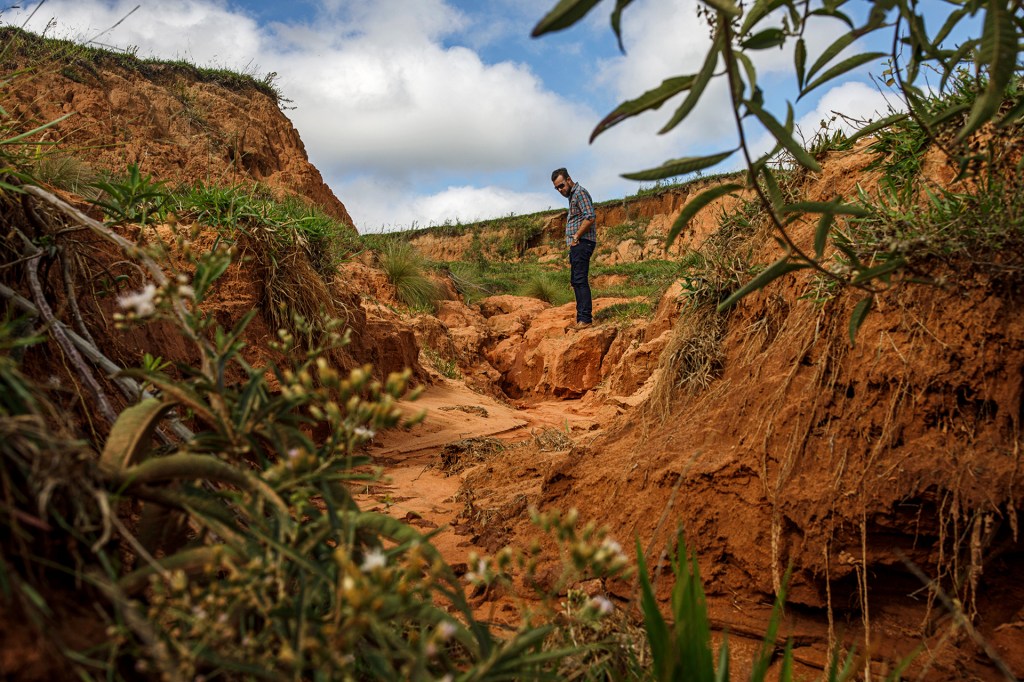
Paula Costa is standing in a field of red dirt. It’s in São Paulo State, in Brazil. Once, there was forest here. It was cleared away years ago. Now the land is used for monoculture farming. That’s when only one crop is planted at a time.
The soil is hard and dry. But Costa is mixing up the crops. A few green shoots are popping up. “These will be jack beans,” Costa says. “These are radishes. They’re going to bring the soil back to life.”
Costa runs a project called Pretaterra. It teaches agroforestry. This kind of farming copies natural ecosystems. Costa hopes to spread it across Brazil.
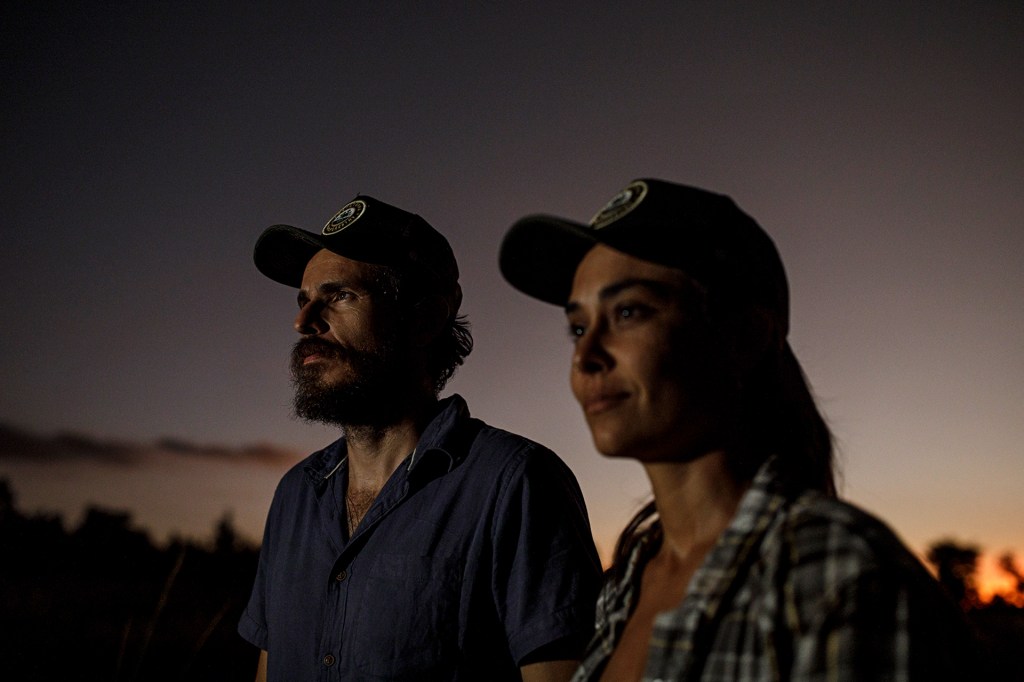
Valter Ziantoni and Paula Costa created the Pretaterra project.
VICTOR MORIYAMA FOR TIME
A Farming Solution
Agroforestry is a lot like how people used the land in Brazil long ago. But for years, the government has told people to clear the rainforest and plant single crops. Farmers can earn money faster that way.
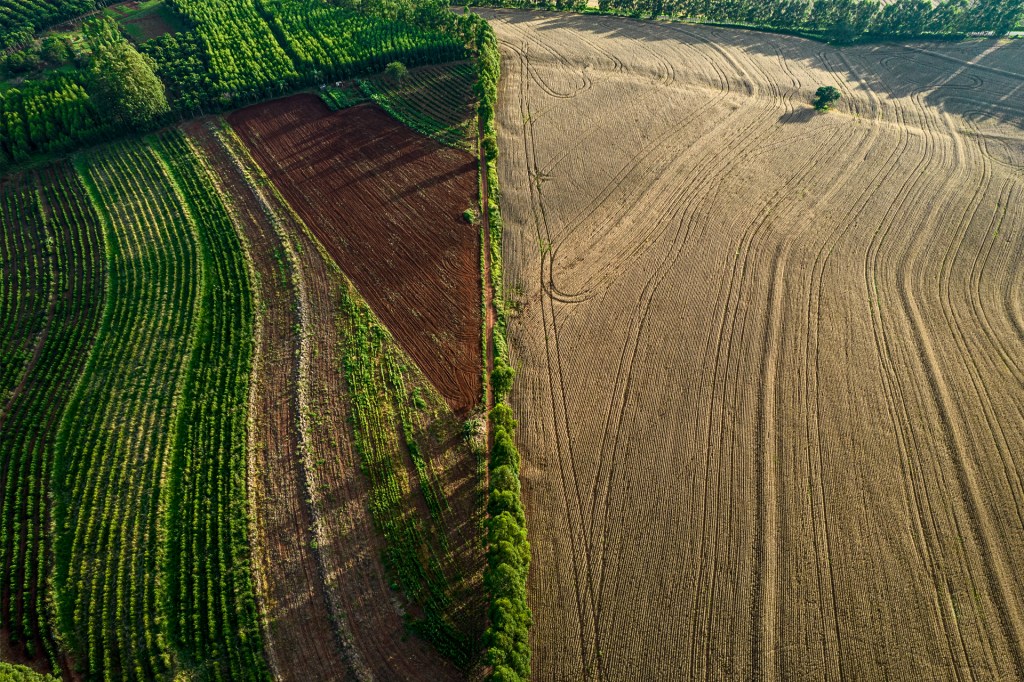
In Brazil, a Pretaterra agroforestry project sits next to a monoculture farm.
VICTOR MORIYAMA FOR TIME
But clearing trees causes problems. Rainforests keep things wet and cool. This helps crops grow. Brazil is drier and hotter now.
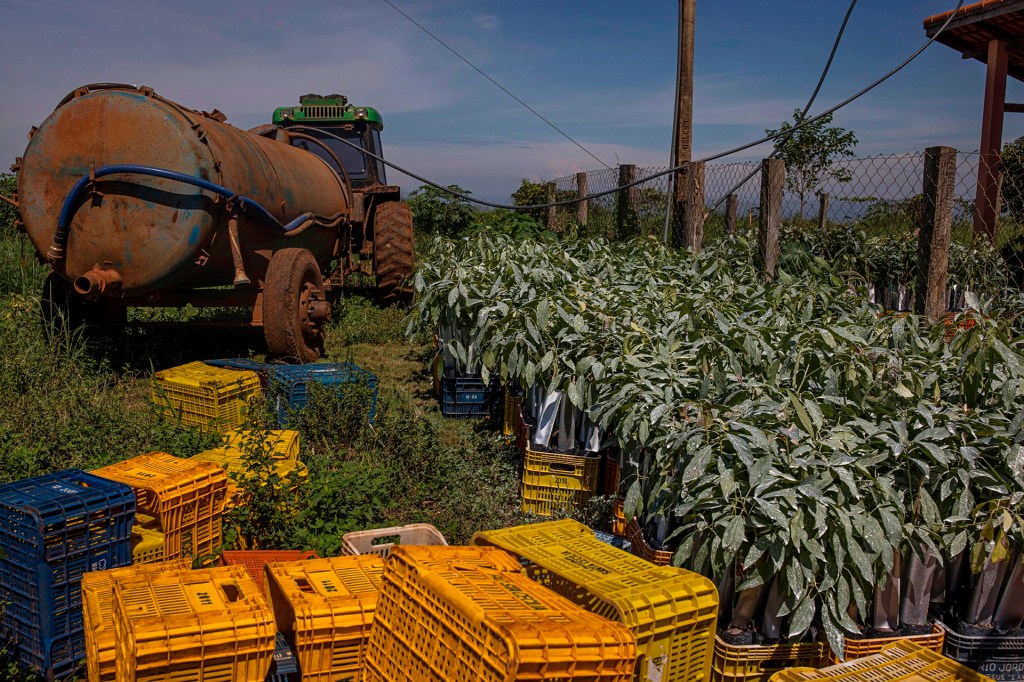
These avocado trees have sunscreen on the leaves to protect them from overheating.
VICTOR MORIYAMA FOR TIME
Agroforestry could be a solution. Trees could be planted near crops. That would be like putting in an air conditioner and sprinklers.
Cecilia Whately grows avocados. She uses Pretaterra techniques. She might plant this way across her farm. Her crops would be healthier. And she’d have more products to sell. “I’m really hopeful it works,” Whately says. “If it does, others will copy.”
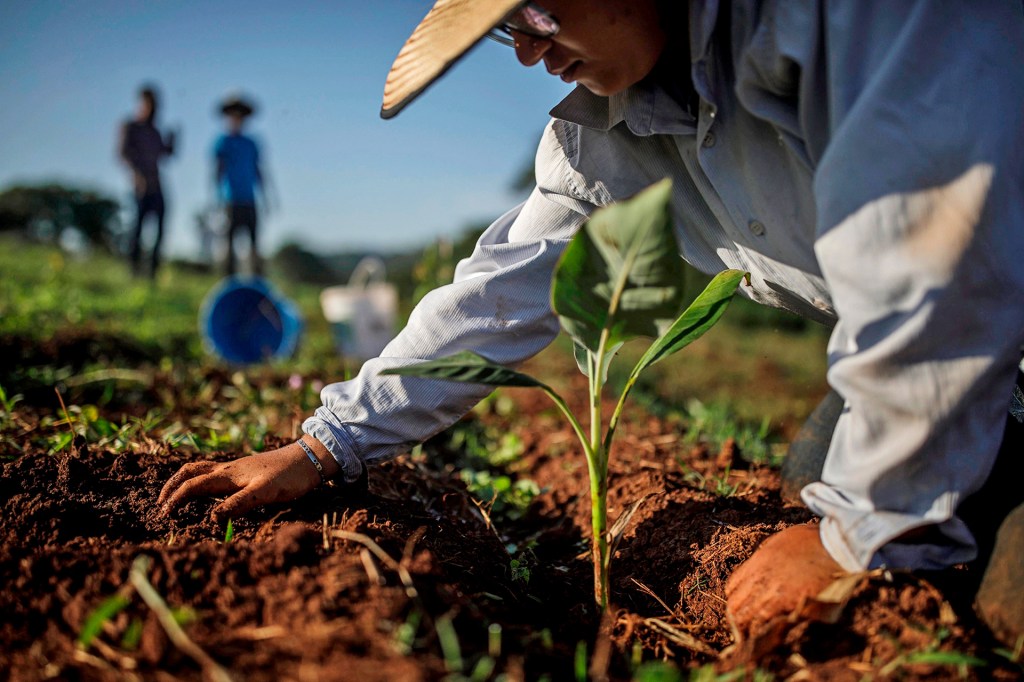
Seedlings are planted as part of a Pretaterra project.
VICTOR MORIYAMA FOR TIMEChanging the World
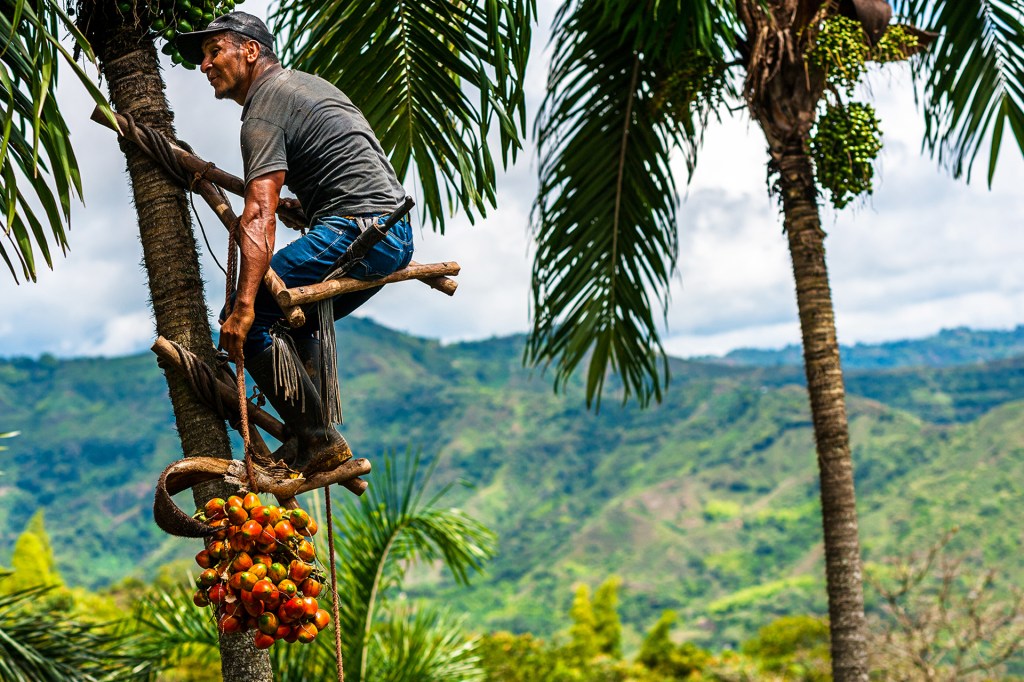
Agroforestry is becoming more popular. Farmers in Africa and Southeast Asia are using it. So are farmers in Colombia, in South America, and across Europe.
Brazil is leading the movement. Valter Ziantoni helped start Pretaterra. He says, “We want to transform all the world’s agriculture into agroforestry.”





